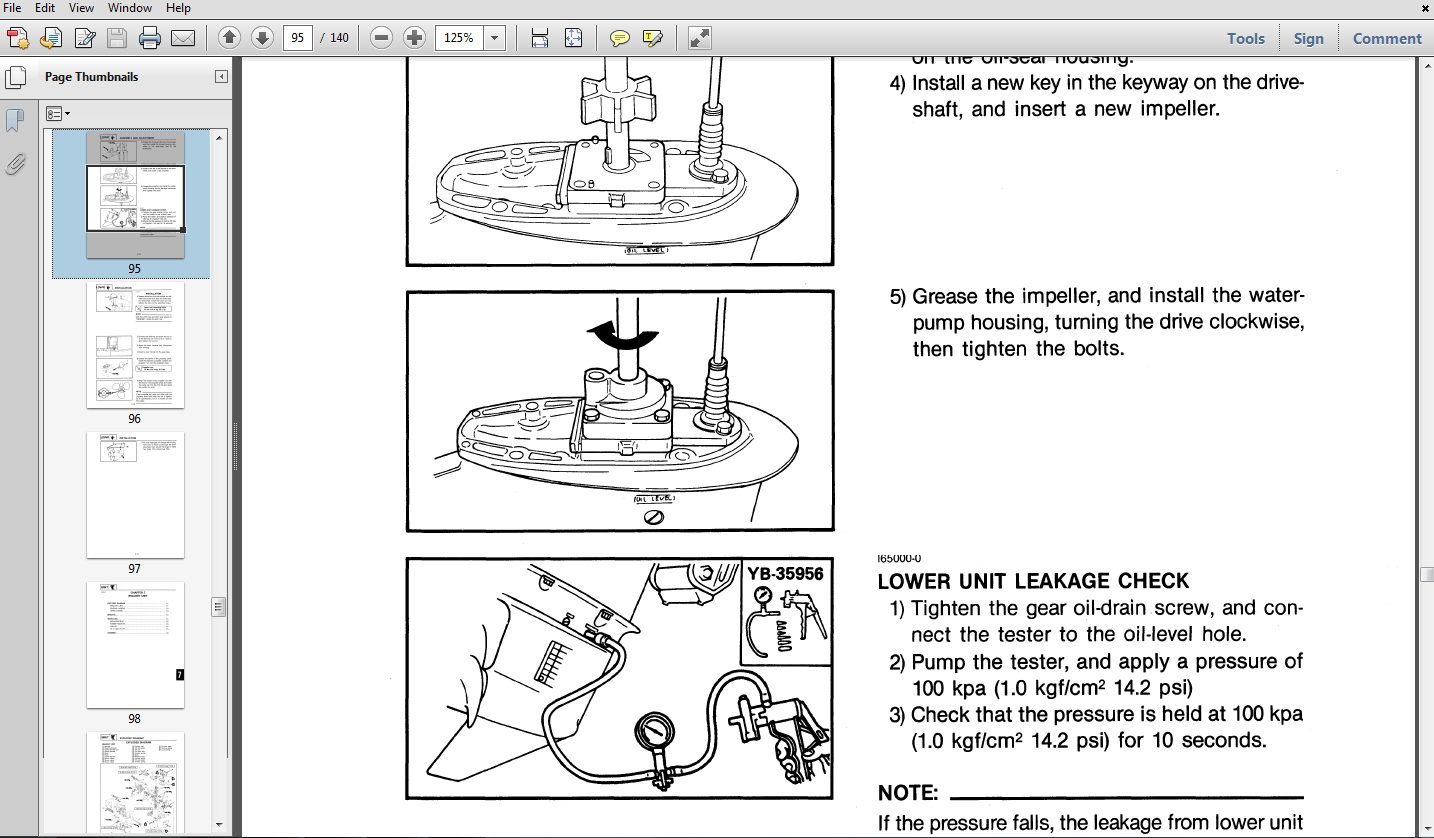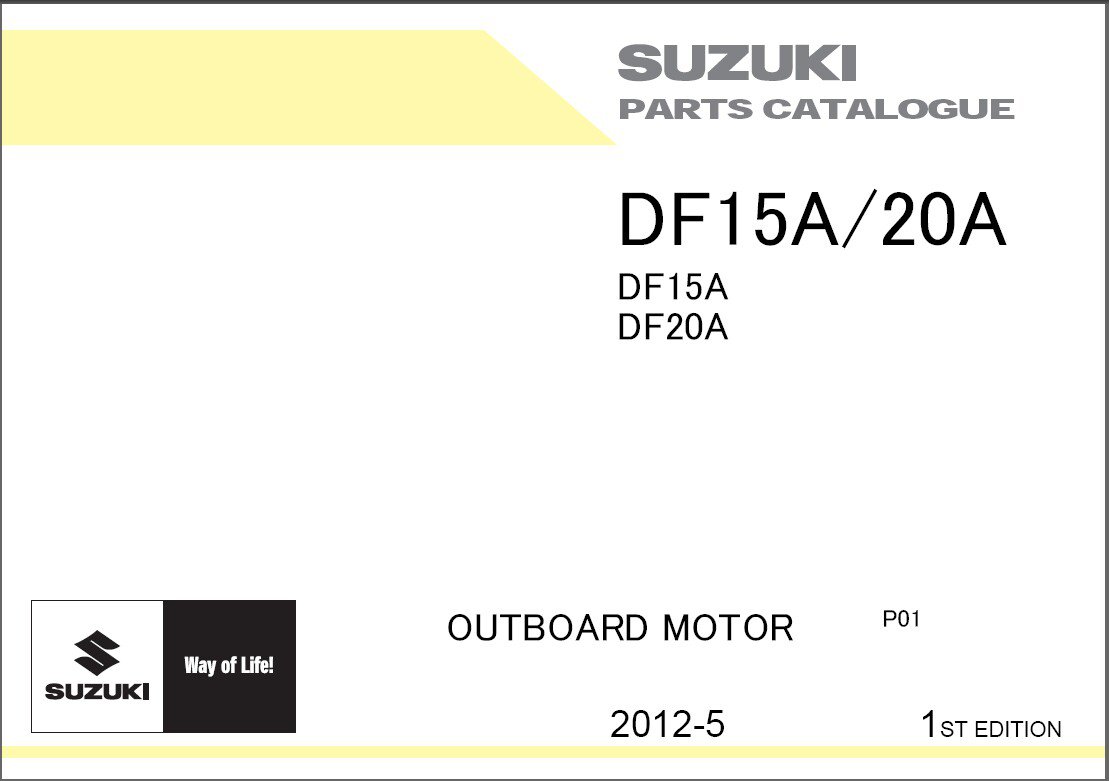2015 Suzuki 250 Outboard Owners Manual
Suzuki Outboard Repair Manuals. DOWNLOAD Suzuki Outboard Repair Manual 1979-2015. DOWNLOAD Evinrude Outboard E-TEC Repair Manual 15-250 HP. Please read your Owner's Manual carefully. Remember, boating and. We had 2 DF250 which were replaced by 2 DF300AP recently (in 2015), after. The DF300AP and DF250AP feature Suzuki Precision Control, Suzuki's computer-based.
. PRE - PRODUCTION ISSUE.
FOREWORD GROUP INDEX This manual contains an introductory description of the SUZUKI DF200/225/250 Outboard motors and procedures for inspection, service and overhaul of GENERAL INFORMATION their main components. General knowledge information is not included. PERIODIC MAINTENANCE Please read the GENERAL INFORMATION section.

HOW TO USE THIS MANUAL TO LOCATE WHAT YOU ARE LOOKING FOR: 1. The text of this manual is divided into sections. The section titles are listed on the previous page in a GROUP INDEX. Select the section needed for reference. Apply THREAD LOCK SUPER “1333B”. Erwise specified. Apply SUZUKI OUTBOARD MOTOR Measure in DC voltage range.
Apply SUZUKI SUPER GREASE “A”. Measure in resistance range. Apply SUZUKI WATER RESISTANT Measure in continuity test range. Apply SUZUKI BOND “1104”.
October 19, 2016 Checking the oil level in a four-stroke outboard is about as basic as maintenance gets, and should be part of the “pre-flight” routine of every outboard owner. But I’m guessing many outboard owners go an entire season without lifting the cowl, because our boats–like our road vehicles–are so reliable and maintenance-free these days that we don’t give much thought to oil and filters. My truck has 200,000 miles on the clock and still goes 7,500 more between oil changes without using a drop of lube.
So I don’t check it often. As we hear from Yamaha expert David Meeler, however, you should put an eyeball on the dipstick every time you use your boat. More outboard owners would check the oil level if the cowl was easier to remove.

Lifting the lid on a big V6 can take muscle and agility, especially if the boat’s in the water. How about a little hatch in the cowl to access the dipstick? I should patent that idea.
Another benefit of removing the cowl for a routine oil level check is that you’ll have a chance to examine the powerhead for other issues, such as a fuel leak, a blossom of corrosion, or loose battery connections. Consult your outboard owner’s manual (which I hope you’ve read, or at least saved somewhere) for the exact oil check routine for your motor, because each brand and model is a little different. For example, you’ll want to check oil level with the engine cool, but a should be at operating temperature before you check the oil. Pay special attention for instructions on how to read the dipstick. As Meeler walked us through the procedure for a, he pointed out that the correct oil level for this motor is half-way up the cross-hatch pattern on the stick.
Suzuki 250 Outboard Review
If your oil is low, add a little at a time until the level is in the middle of the cross-hatch. Unlike your car engine, you don’t want to fill a Yamaha outboard to the top of the cross-hatch. Meeler also said that the motor’s orientation is critical.
Suzuki Outboards
If the boat is on a trailer, put a carpenter’s level on the anti-ventilation plate and adjust the trim until the plate is horizontal to the ground. Because a Yamaha outboard oil sump is cone-shaped, just a little angle to the motor magnifies the actual oil-level reading on the dipstick, which is why that cross-hatch on the dipstick is so wide – it’s designed to give you some leeway. Details like this will be explained in your outboard owner’s manual.